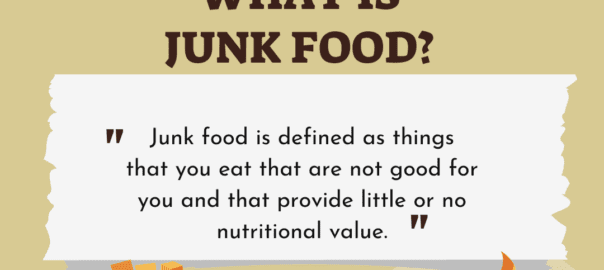Eating out is the American way. The average American eats 4.5 meals per week at restaurants (dine-in and carry out) and the average American family spends more than $3,000 annually dining outside the home.
But all that eating out is costing you more than money — it could be costing you your health, too. If you are trying to lose weight and improve your health, eating four to five meals a week at fast food restaurants isn’t going to do you any favors.
However, don’t despair. It is possible to enjoy a restaurant meal in a healthy way. Here are six tips to making sure your eating out doesn’t interfere with your weight loss goals.
Start with a plan.
If you know you are going to be eating out for dinner, plan on eating lighter meals earlier in the day. Think ahead and take a look at the menu options before it’s time to sit down and order. Most restaurants share their menus online, making it easier than ever to select one that offers a wide range of dishes. Finally, do your homework on menu terms and cooking basics so you’ll be better prepared when it comes time to say what you’ll be having.
Be deliberate and make substitutions.
Choose a meal that includes healthy selections from all the food groups. That means lean proteins, low-fat dairy, fruits and vegetables. Freshly made entreé salads are a great choice as long as you request the dressing on the side and don’t overdo it with extra toppings like cheese, bacon and croutons. Choose healthy side dishes, such as a green salad or steamed veggies. Avoid fried foods, creamy soups or casseroles.
Nearly every restaurant will allow you to make substitutions for healthier options. Most restaurants will also honor special requests, so don’t hesitate to ask them to help you meet your dietary needs.
Skip the bread or chip basket.
If you’re eating at a restaurant that serves free bread or chips and salsa, you could easily consume a meal’s worth of carbs and calories before your actual meal ever arrives at the table. Ask the waiter to skip the breadbasket. If you do need something to munch on while you wait, request a plate of raw veggies instead.
Control portions.
The average restaurant meal is much larger than a single serving. It isn’t uncommon for a restaurant meal to be enough to serve two or three people. Split a meal with a friend or family member, order off the kid’s menu, select an appetizer in place of an entreé or request the lunch-sized portion. If none of those are options, request a to-go box. As soon as your order arrives, put aside at least half of the food to take home.
Eat slowly.
Fast eaters are often overeaters. In fact, it takes about 20 minutes after you’ve eaten for your brain to get the message that you’re no longer hungry. Whether you’re eating out or eating at home, chew your food thoroughly, slow down and savor every bite.
Skip the dessert.
If you’re tempted to satisfy your sweet tooth, don’t add to your check. Instead, plan on having a bowl of fresh fruit, a cup of sorbet or a small piece of dark chocolate when you get home. These options are much healthier than a piece of molten lava cake or a slice of cheesecake topped with whipped cream.
While it’s fine to enjoy a meal out every now and then, eating at home is almost always the healthiest option. When you cook at home, you have complete control of your ingredients and portion sizes. You’ll also more easily save money by eating at home. But if you are headed out to a restaurant, remember these tips — and, if you absolutely have to hit up the drive-thru, opt for grilled chicken on a wrap or salad and skip the soda and fries.






